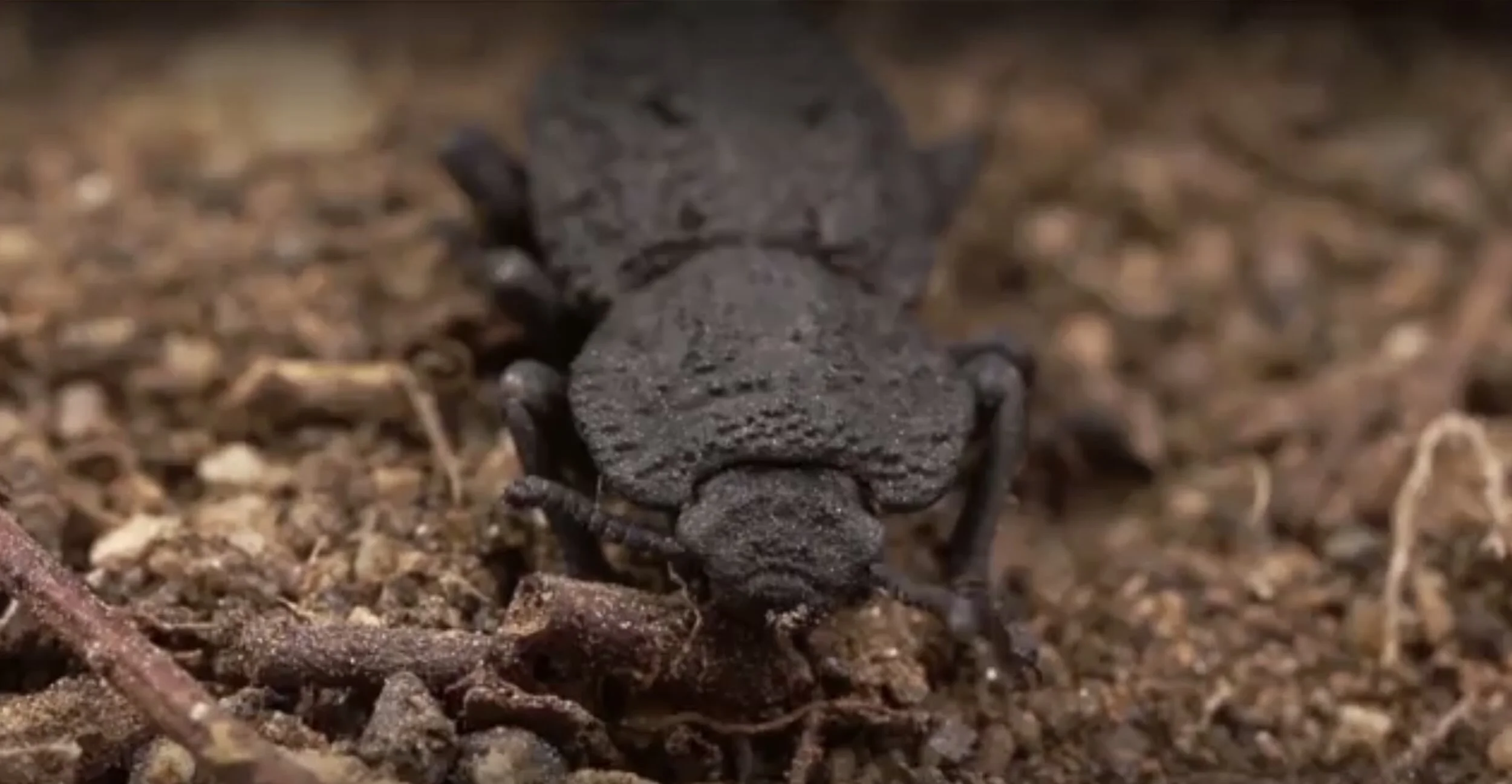Researchers have discovered that humans are 'greening' the planet. All of the new plants and trees withdraw carbon from the atmosphere, reducing the increase in global temperatures, distorting our awareness of how much we are actually warming the planet.
Image Credit: Gustav Gullstrand via Unsplash - HDR tune by Universal-Sci
Based on a meta-analysis of 250 science papers in addition to satellite data and climate models, researchers have discovered that humans are 'greening' the planet. All of the new plants and trees withdraw carbon from the atmosphere, reducing the increase in global temperatures, distorting our awareness of how much we are actually warming the planet.
The boom in global vegetation is called 'greening' and scientists are trying to figure out its causes and implications. In a new study published in the highly regarded scientific journal: Nature Reviews Earth & Environment, the researchers show that the increased co2 levels in our atmosphere have unwittingly increased global vegetation. The problem with this is that it is hiding the actual impact of human activity on climate. You can only grow so many new plants and trees, and after we reach maximum capacity, the massive surplus in carbon emissions will reveal itself.
The cause of greening varies around the globe, although oftentimes, agriculture has something to do with it. In addition, the slowly rising temperature in northern areas generates natural reforestation. NASA satellite data has shown a notable increase in vegetation in Arctic regions far removed from typical human reach. Furthermore, satellite observations have shown greening relatively highly populated countries like China and India.
Image Credit: Vadim Sherbakov via Unsplash - HDR tiune by Universal-Sci
The driving force behind it all seems to be the fact that higher concentrations of carbon dioxide provide more fertilization for plant life. It is estimated that the increase in vegetation since the 1980s has decreased the rate of global warming by approximately 0.2 to 0.25 degrees centigrade, thus obfuscating our perception of how quickly we are heating the planet.
In the last four decades, approximately 160 ppm (part per million) of carbon dioxide has been added to our atmosphere, primarily due to tropical deforestation and the burning of fossil fuels. A portion of 40 ppm has scattered into the sea at the same time 50 ppm has been absorbed by vegetation. The remainder of 70ppm still is part of our atmosphere. In combination with other greenhouse gases, it has been responsible for the increase in the average global temperature that we were experiencing.
Philippe Cias, a coauthor of the before-mentioned study, mentioned that vegetation has been defending us against the dangers of carbon pollution by humidifying the atmosphere in addition to removing carbon from it. According to him, halting deforestation combined with afforestation is the easiest and most cost-effective way to fight climate change. However, he also stated that this alone would not be enough.
According to Hans Tømmervik, another coauthor, the accidental benefit of global greening shows how much more alarming and urgent the goal of keeping the global temperature rise below 1.5 to 2 degrees centigrade, particularly when we take the trajectory of carbon emissions and history of human passiveness during the past decades into account.
Source and further reading: Characteristics, drivers and feedbacks of global greening
If you enjoy our selection of content please consider following Universal-Sci on social media:




















